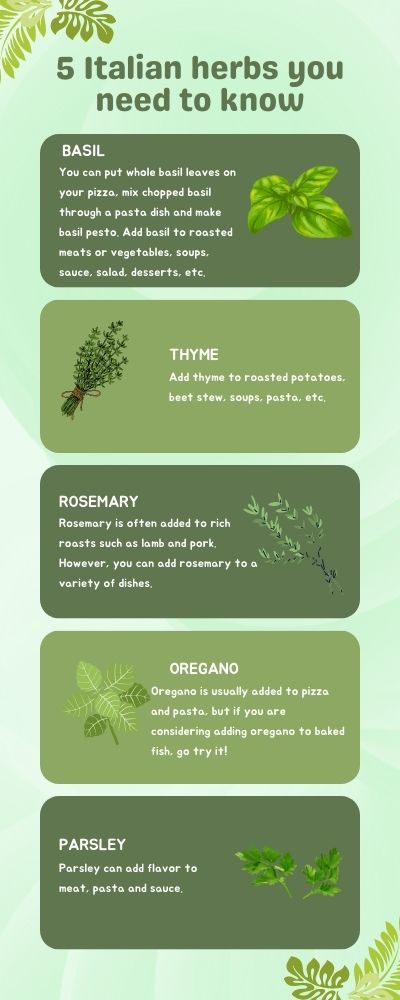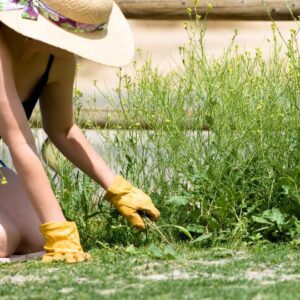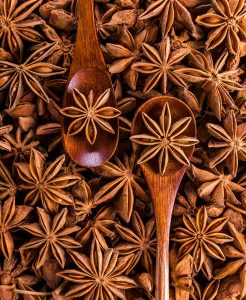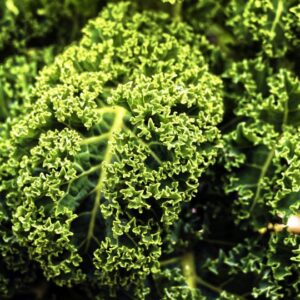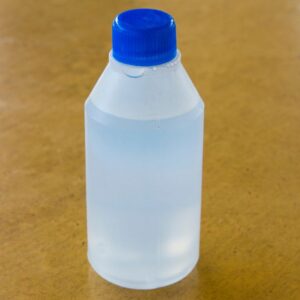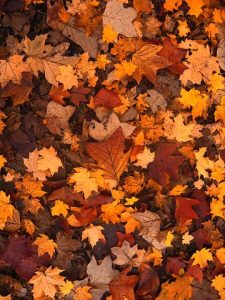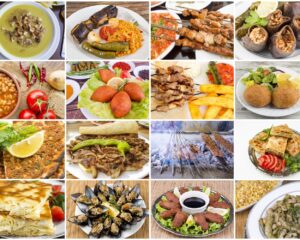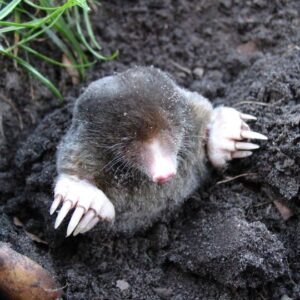What is Basil?
Basil (Ocimum basilicum) is probably one of the best known and most popular herbs. The herb is stocked in most kitchens. Fresh or dried. The herb is used in many Italian dishes, such as tomato sauce, pasta, pesto or pizza. However, the little plant is not only used as an herb, but also as a medicinal herb for numerous ailments. The scent and aroma of the little plant is strong.
The name basil can be traced back to Ancient Greek, here the word means king. Therefore, another name for the herb is king’s herb. Originally, it is found in the regions between Africa and southeast Asia.
This is what the plant looks like
Basil, like anise, is an herb. The plant grows 20 to 60 centimeters tall. In warm countries basil survives the winter but in colder countries the plant dies in winter.
The leaves of the popular kitchen herb are shaped like an egg. The leaves grow about 6 inches long and 4 inches wide. The scent of the leaves comes from the plant’s numerous oil glands. Under good conditions, the plant can grow very luxuriantly.
The herb blooms from June through September and produces white flower spikes. Each flower spike contains one seed.
Species of basil
The plant is related to herbs such as rosemary and sage. The genus is quite diverse with more than 60 different species. Besides the fairly well-known species Ocimum basilicum, there are Greek species such as the Ocimum minimum and Indian species such as Ocimum sanctum, which are quite well-known.
Some of the different species are:
- Fine-leaved
- Red-leaved (Dark Opal)
- Horapa (Thai basil)
- Cinnamon
- Anise basil
- Napolitan
- Lemon Basil
Other types of basil, such as Tulsi (Indian basil), count as a separate species and have a very different spectrum of active ingredients than true basil.
Basil plant growing
The herb plant likes light and warmth. Always place the plant in a location protected from the wind. The plant prefers nutrient-rich and permeable soils.
You can sow the seeds from early to late March. The basil seeds should first be sown in a bowl or glass container at a temperature of 20-25 degrees. The soil should be moistened, but not too moist. Too much moisture creates mold. Seeds and newly germinated seeds should be sprayed with a sprinkler. In the beginning newly germinated seeds are very unstable and fragile. After 1 to 2 weeks, the germinated seeds can be placed in the fuller soil.
Mix the soil in which the seeds are placed with some compost. Commercially available herbal fertilizers or organic liquid fertilizers with low phosphorus content are sufficient.
Make sure the soil never dries out completely but don’t make it too wet either. Too dry soil prevents the plants from fully recovering or blooming very quickly.
Storing Basil
There are several ways to preserve the herb and use it at a later date. First of all, it is possible to buy a small plant. You can put the plant in front of the window in your kitchen or outside in the planter. Water the plant regularly but do not make the soil too wet. If the plant gets too wet, it will go mouldy.
If you want to keep the leaves of the plant, you can freeze them in a freezer bag. Rinse the leaves and put them in a freezer bag. Drain excess air from the bag and place it in the freezer.
Putting leaves and twigs in the refrigerator will keep them good longer. Put the twigs and leaves under a damp kitchen towel or in a plastic bag with some water. It will then dry out less quickly.
You can also dry basil and use the dried leaves at a later time over pasta, for example. The strong flavor is retained.
Basil can be used in many dishes. Its aromatic fragrance, slightly sweet and slightly peppery flavor is found in many cuisines, especially Italian cuisine. Fresh leaves are very tasty with tomatoes, zucchini or eggplant.
The Thai variety is mainly used in South Asian cuisine. It can be used in noodles, soups and numerous salads.
When the herb is consumed as fresh as possible, it tastes best. When heated, the aroma is gradually lost. Therefore, add it to a dish only after cooking.
Other Italian herbs
Click image to share!
The herb’s medicinal properties
Basil has medicinal effects and medicinal properties. The herb helps relieve sore throats, colds and helps against stress and fever. You can make a tea from the herb or eat it pure. Basil contains linalool and camphor, which gives it antihypertensive, anti-inflammatory, analgesic and antispasmodic properties.
The basil plant used to be used quite frequently for all kinds of ailments. Bywords are better and stronger solutions for these. Nevertheless, it is still used for joint pain, arthritis, eczema, acne, infections, migraines and digestive disorders.
Basil buy – what to look out for and where to buy it
When buying basil, pay attention to the quality of the plant. The best plants have rich foliage, a strong fragrance and a rich green color. In supermarkets you can buy the plant however, these plants have been prepared for sale in a very short time. The plants have often received a lot of fertilizer. At growers, garden centers and at the market you can often buy better plants. Watch for head and yellow leaves and fungi near the roots.

